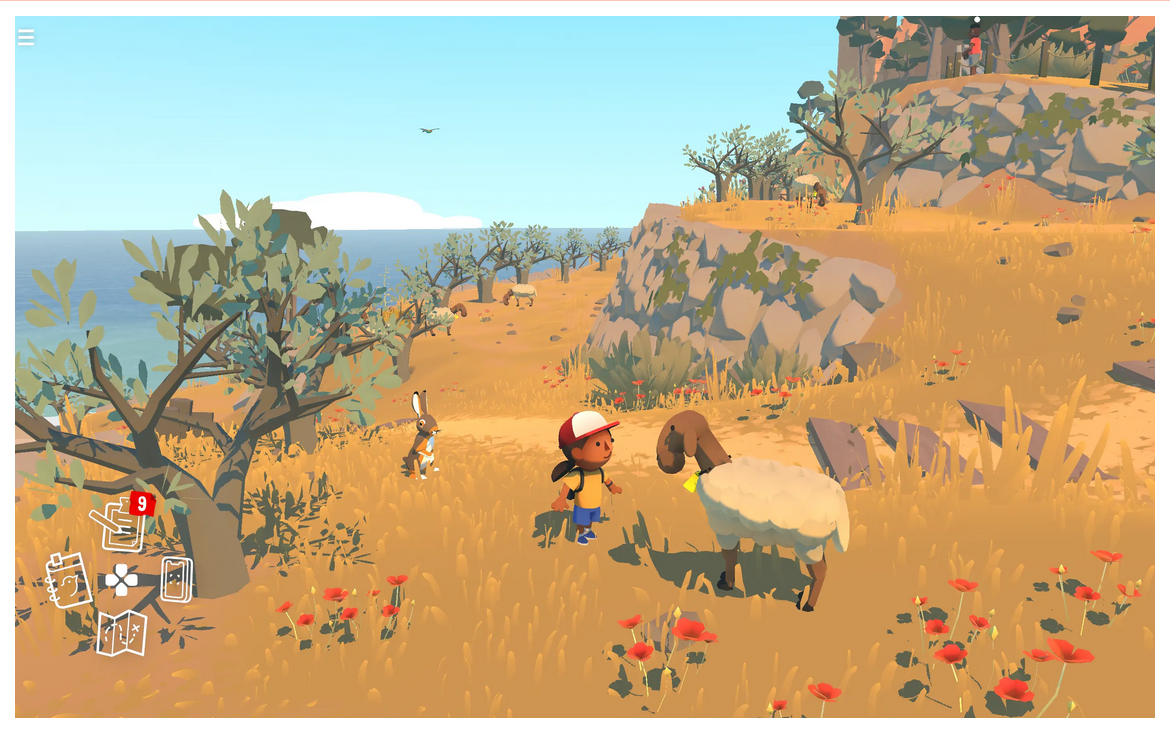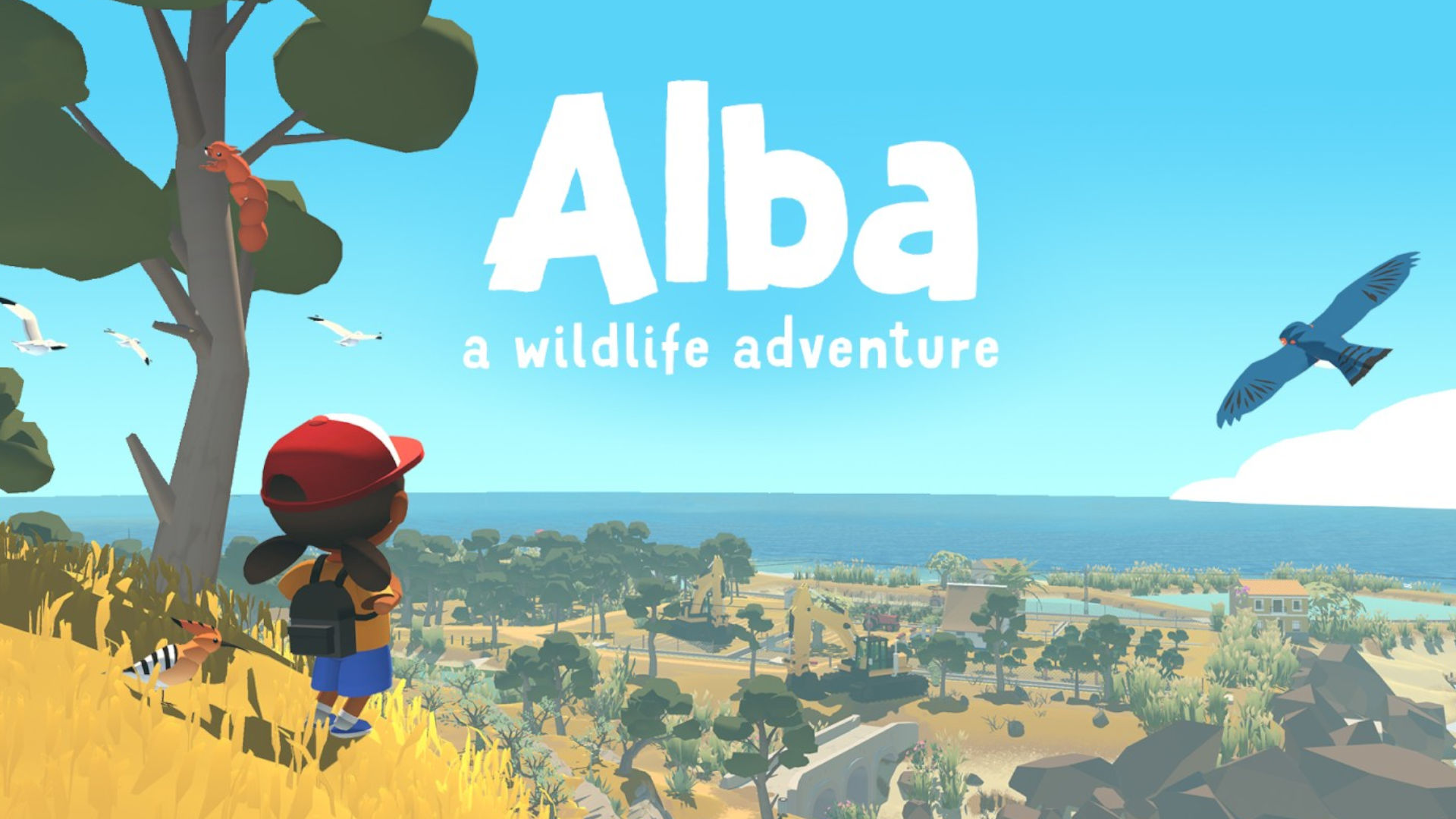
Lost in the Wild, Found in the Game: The Allure of Wildlife Exploration Adventure Games
The rustling of leaves, the piercing cry of a hawk overhead, the subtle shift in the wind carrying the scent of pine and damp earth. These are the sensory details that draw us to the wilderness, a place of untamed beauty and profound mystery. But for many, the demands of modern life make extended expeditions into the wild an unattainable dream. This is where adventure games, particularly those focused on wildlife exploration, step in, offering a compelling and immersive alternative to scratching that primal itch for the natural world.
These games are more than just simple entertainment; they are interactive ecosystems that blend puzzle-solving, narrative storytelling, and scientific accuracy to create experiences that are both thrilling and educational. They allow players to step into the shoes of researchers, conservationists, or even stranded survivors, tasked with navigating challenging environments, documenting fascinating creatures, and uncovering the secrets hidden within the wild.
Beyond Point-and-Click: The Evolution of the Wildlife Adventure Game
The roots of the wildlife exploration adventure game can be traced back to the classic point-and-click adventures of the 1990s. Games like Myst and The 7th Guest captivated players with their atmospheric environments and intricate puzzles, but their connection to the natural world was often tangential. The true evolution began with titles that explicitly focused on survival and interaction with animals.
Games like The Oregon Trail, while simplistic in its early iterations, introduced players to the challenges of westward expansion and the importance of hunting and resource management. While not strictly an adventure game, its influence on later titles that tackled similar themes is undeniable.
As technology advanced, so did the sophistication of these games. Games like Eco and Planet Zoo offered complex simulations of ecosystems, allowing players to understand the intricate web of life and the consequences of their actions. These games often require players to manage resources, research animal behavior, and make difficult choices that can impact the entire environment.
Today, the genre encompasses a diverse range of titles, from narrative-driven adventures to open-world survival simulators, all united by their focus on wildlife and exploration.
The Core Elements of a Captivating Wildlife Adventure
What makes a wildlife adventure game truly engaging? It’s a combination of several key elements:
-
Authentic and Believable Environments: The most immersive games transport players to meticulously crafted landscapes. This includes realistic flora and fauna, dynamic weather systems, and believable soundscapes. The environment shouldn’t just be a backdrop; it should be a character in itself, influencing the player’s choices and experiences. Detailed textures, accurate plant life representation, and the inclusion of natural landmarks contribute to a sense of place that draws the player in.
-
Fascinating and Believable Wildlife: The animals themselves are the stars of the show. They should be more than just static models; they need to exhibit realistic behaviors, from foraging and hunting to mating and social interactions. Accurate depictions of animal anatomy, calls, and habitat preferences are crucial. Some games even incorporate educational elements, providing players with information about the species they encounter. The best games also consider the ethical implications of interacting with wildlife, forcing players to make choices that reflect responsible observation and conservation.
-
Engaging Narrative and Meaningful Choices: While exploration and wildlife observation are central, a compelling narrative can elevate the experience. This could involve a mystery to solve, a scientific expedition to document, or a personal journey of survival and discovery. Meaningful choices that have consequences for the environment and the animals within it add weight to the player’s actions. Whether it’s deciding whether to interfere with a predator-prey relationship or choosing between logging a forest for resources or preserving it for its biodiversity, these choices should have tangible and lasting effects on the game world.
-
Challenging Puzzles and Skill-Based Mechanics: Adventure games are, at their core, about problem-solving. These puzzles should be integrated seamlessly into the environment and tied to the narrative. They might involve tracking an animal, deciphering ancient clues, or using scientific instruments to analyze data. Skill-based mechanics, such as stealth, climbing, and crafting, add another layer of challenge and engagement. These mechanics should feel intuitive and rewarding, allowing players to feel a sense of accomplishment as they master the skills necessary to survive and thrive in the wild.
-
A Sense of Discovery and Wonder: Ultimately, the most compelling wildlife adventure games evoke a sense of wonder and discovery. They allow players to experience the awe-inspiring beauty of the natural world and to learn about the fascinating creatures that inhabit it. They encourage exploration, curiosity, and a deeper appreciation for the importance of conservation.
Examples of Games that Master the Wild
Several games have successfully captured the essence of wildlife exploration, each offering a unique perspective and experience:
-
The Long Dark: A survival simulation set in the frozen Canadian wilderness, The Long Dark forces players to manage resources, hunt for food, and navigate treacherous landscapes. The game’s stark beauty and unforgiving environment create a truly immersive experience, highlighting the fragility of human existence in the face of nature’s power.
-
Subnautica: This underwater adventure game plunges players into an alien ocean teeming with bizarre and beautiful creatures. The game’s open-world environment encourages exploration, while its crafting and base-building mechanics provide a sense of progression. Subnautica perfectly captures the feeling of wonder and trepidation that comes with exploring the unknown depths.
-
Eastshade: A peaceful exploration game where you play as a traveling painter. You explore the island of Eastshade, capturing its landscapes and interacting with its inhabitants. While not solely focused on wildlife, the game’s emphasis on observation and appreciation of the natural world makes it a unique and rewarding experience.
-
Shelter Series (Might and Delight): This series offers a unique perspective by placing players in the role of different animals, from a mother badger protecting her cubs to a lynx hunting for survival. These games offer a visceral and emotional experience, highlighting the challenges and triumphs of life in the wild.
-
Beyond Blue: A narrative-driven adventure that takes players to the depths of the ocean as a marine biologist. The game features stunning visuals and accurate depictions of marine life, offering an educational and engaging exploration of the underwater world.
The Future of Wildlife Adventure Games: Beyond Entertainment
The future of wildlife exploration adventure games is bright, with developers continuing to push the boundaries of realism and immersion. We can expect to see:
-
Increased Accuracy and Educational Value: Games will increasingly incorporate real-world scientific data and consult with experts to ensure accurate depictions of wildlife and ecosystems. This will make these games not just entertaining, but also valuable educational tools.
-
Enhanced AI and Animal Behavior: More sophisticated AI will allow for more realistic and unpredictable animal behavior, creating more dynamic and engaging encounters.
-
VR Integration: Virtual reality offers the potential for even greater immersion, allowing players to truly feel like they are exploring the wild.
-
Citizen Science Opportunities: Games could be used to collect real-world data for scientific research, allowing players to contribute to conservation efforts.
Ultimately, wildlife exploration adventure games have the power to inspire a deeper appreciation for the natural world and to promote conservation efforts. By immersing players in realistic and engaging environments, these games can foster a sense of connection to the wild and encourage them to become stewards of the planet. They offer a unique opportunity to experience the thrill of discovery, the challenge of survival, and the beauty of the natural world, all from the comfort of our own homes. So, grab your virtual binoculars, pack your digital backpack, and prepare to embark on an unforgettable adventure into the wild. The secrets of the natural world await.

